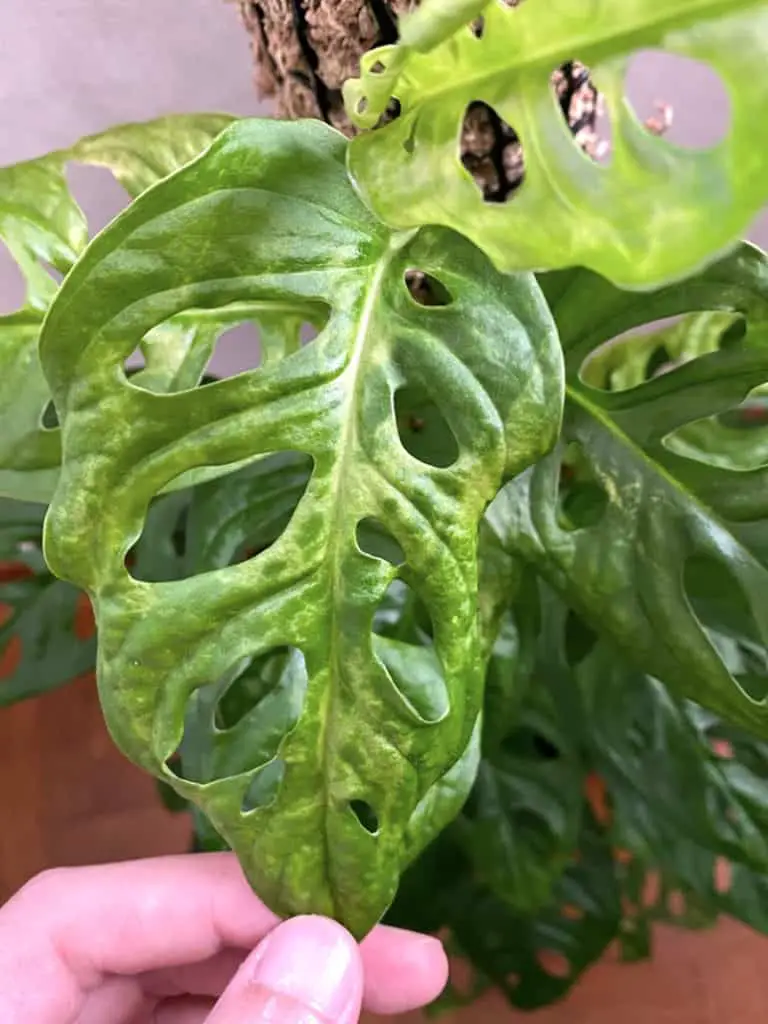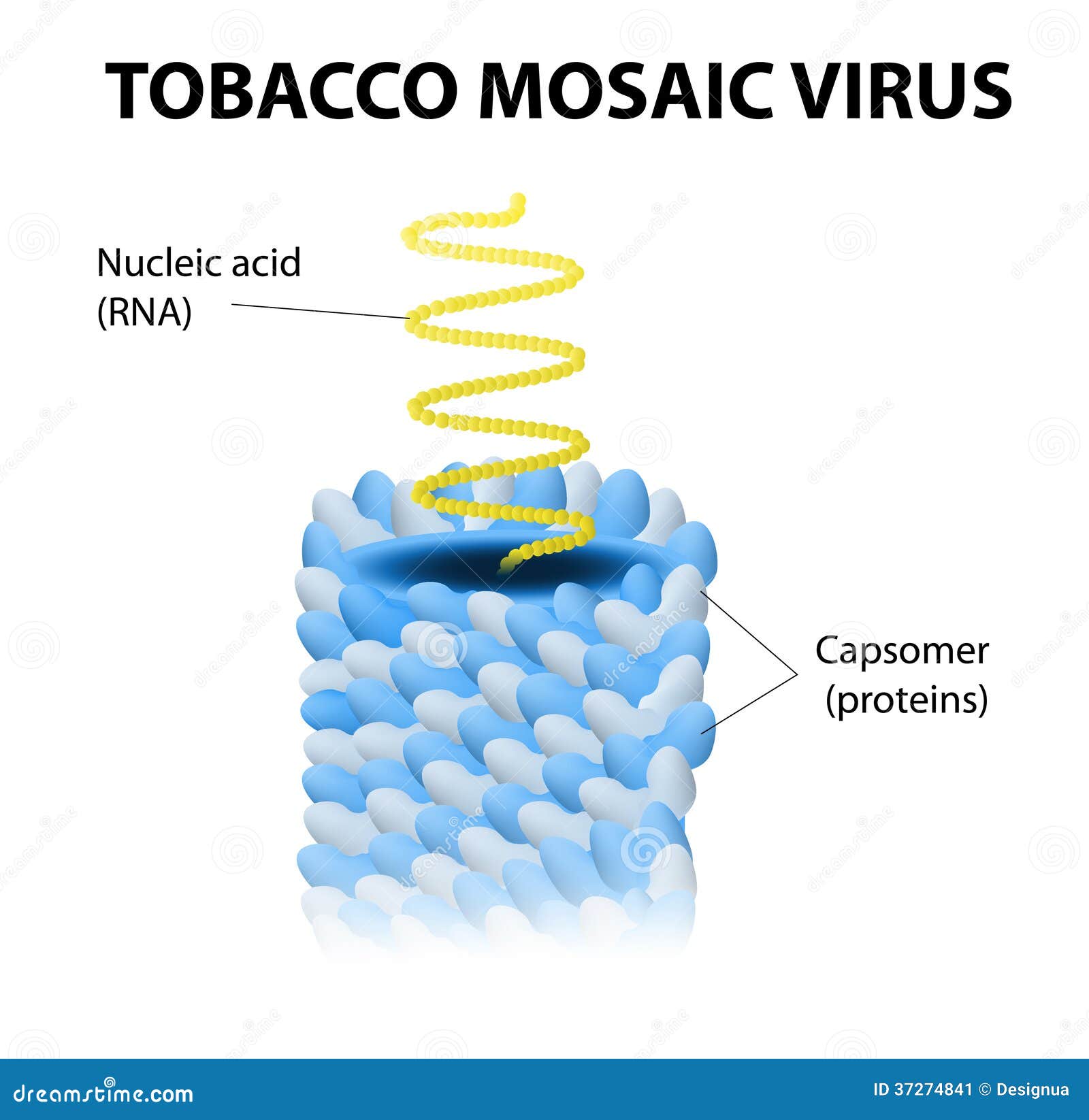
Is currently the most common tospovirus found in greenhouses. The most common means of transmission is by people handling infected and healthy plants simultaneously. Infected sap, grafting, dodder and seed spread TMV. The most common symptom of TMV is a mosaic pattern of dark green and light green areas on infected plant leaves. It infects more than 150 plant genera that include many ornamentals. A discussion of TMV is included because of its wide host range and high potential for spread in production facilities. Is very common and also worldwide in distribution. Tobacco mosaic virus (TMV) Tobacco mosaic virus on peony. Plants infected with CMV include asclepias, cimifugia, coreopsis, chrysanthemum, echinops, leonitis, lobelia, oenothera, phlox, polemonium, styokesia, and trollius. CMV can also be spread in infected sap by people handling infected and healthy plants simultaneously. CMV is primarily spread by aphids from plant to plant and infects many weeds that serve as reservoir hosts for infection of perennials. CMV has many strains and typically causes stunting, distortion, and a mosaic pattern on leaves and flowers. Infects many different plants and is a worldwide problem in perennials. Viruses disrupt normal cellular processes and eventually cause abnormal cellular function. Most plant viruses cause systemic infections and there is no cure for infected plants. Additional viruses that have been confirmed include alfalfa mosaic virus, arabis mosaic virus, tobacco etch virus, tomato spotted wilt virus, tobacco ringspot virus, and tomato ringspot virus. However, many other viruses are probably also present but have not been confirmed. In the Maryland IPM program, the most commonly encountered viruses in perennials are cucumber mosaic virus and impatiens necrotic spot virus. Viruses present in plant sap can contaminate hands or tools and then infect healthy plants during normal handling. Handling infected plants spreads some viruses. Viruses can be spread relatively long distances in insect vectors such as aphids and thrips carried on the prevailing winds. Vegetative propagation, sap, seed, pollen, insects, mites, nematodes, fungi, and parasitic plants can spread viruses. Instead, viruses take over the host cells replication mechanisms and force them to manufacture more virus particles. Viruses do not divide or produce any kind of reproductive structures such as spores.


Viruses reproduce inside living cells and can spread within infected plant tissues. Viruses can consist of a single particle that contains all the genetic information needed for the virus to function, or may be split among several particles. The protein coat can be of different sizes and is usually either sphere- or rod-shaped. Viruses are composed of small pieces of either DNA or RNA encapsulated inside a protein coat. Plant virus names usually refer to the first plant in which they were discovered. They are subcellular and can only be visualized with the aid of an electron microscope. Plant viruses differ from all other plant pathogens. Plants infected with multiple viruses and can show a combination of symptoms or more severe symptoms as a result of the multiple infections.

Plants may also be infected with more than one virus or viral strain. Symptoms of virus infection include necrotic spots, abnormal dark green and light green mosaic and mottling of leaves, growth distortion, stunting, ring patterns or bumps on plant foliage, and abnormal flower coloration and formation.


 0 kommentar(er)
0 kommentar(er)
